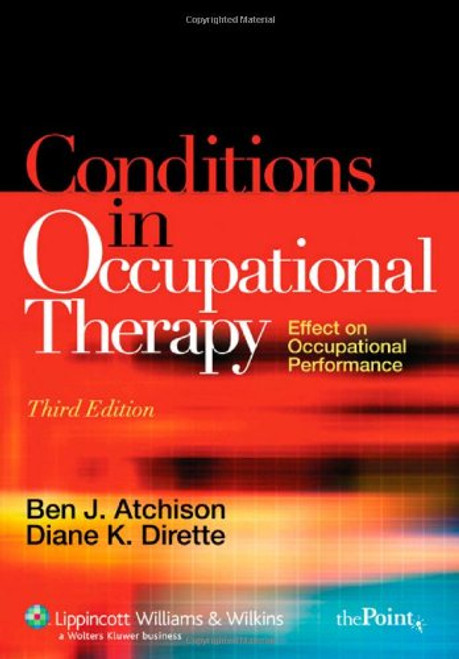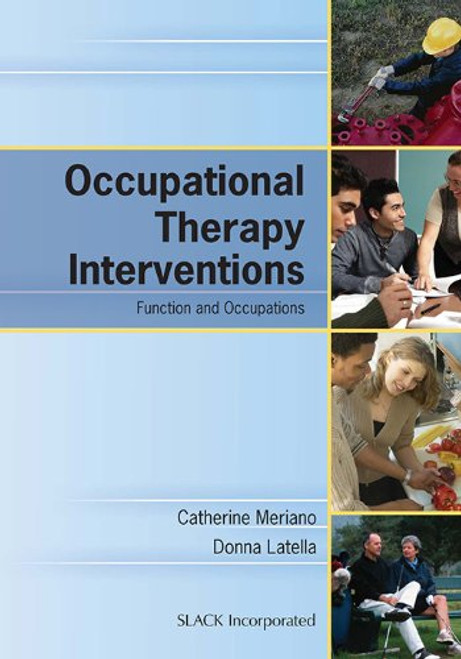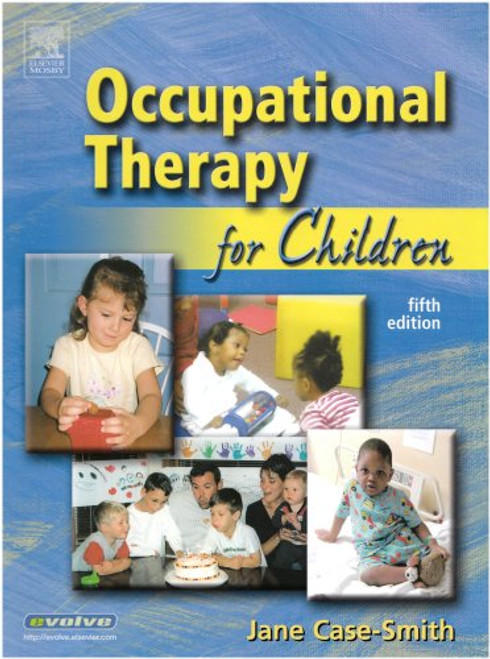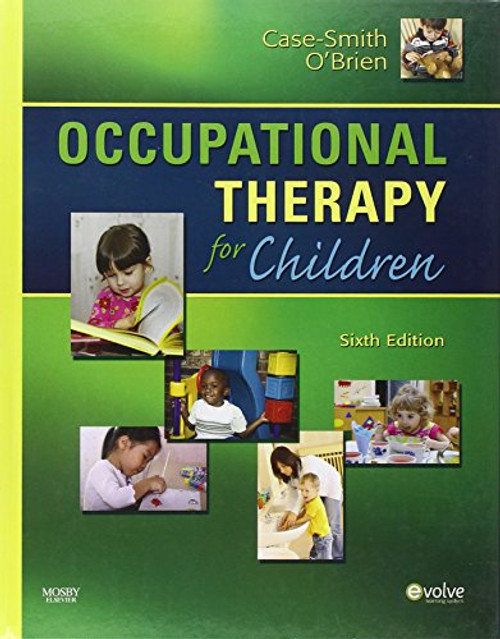Product Overview
Kinesiology for Occupational Therapy helps occupational therapists manage each step of the kinesiology continuum from problem identification of client musculoskeletal factors to the final stage of selecting appropriate intervention strategies.
To help bridge the gap from classroom to clients, a comprehensive analysis of normal human movement is included. Read specific explanations of how movements are produced at specific joints throughout the body. By enhancing your understanding of normal movement, you will be better prepared to detect and measure deficiencies in occupational performance. Assessment procedures are included so that movement can be properly evaluated and measured.
Kinesiology for Occupational Therapy continues by concentrating on the ways occupational therapists can remediate client factor deficits. Because clients are seen due to limitations in movement, theory-based intervention strategies are presented along with principles of treatment. Case studies are utilized to help assess and compare intervention strategies in a variety of situations.
* Bonus Feature *
Each text includes a copy of the best-selling Goniometry: An Interactive Tutorial by Lynn Van Ost. This interactive CD-ROM helps reinforce the key concepts presented inside Kinesiology for Occupational Therapy to further facilitate learning! Includes audio, video, and narration.
This exceptional package of text and CD-ROM is essential for both students and clinicians to fully understand a critical element in occupational therapy. By providing in-depth explanations of normal movement, measurement of movement, and theory-based intervention strategies, Kinesiology for Occupational Therapy is an excellent instructional resource.
Features:






